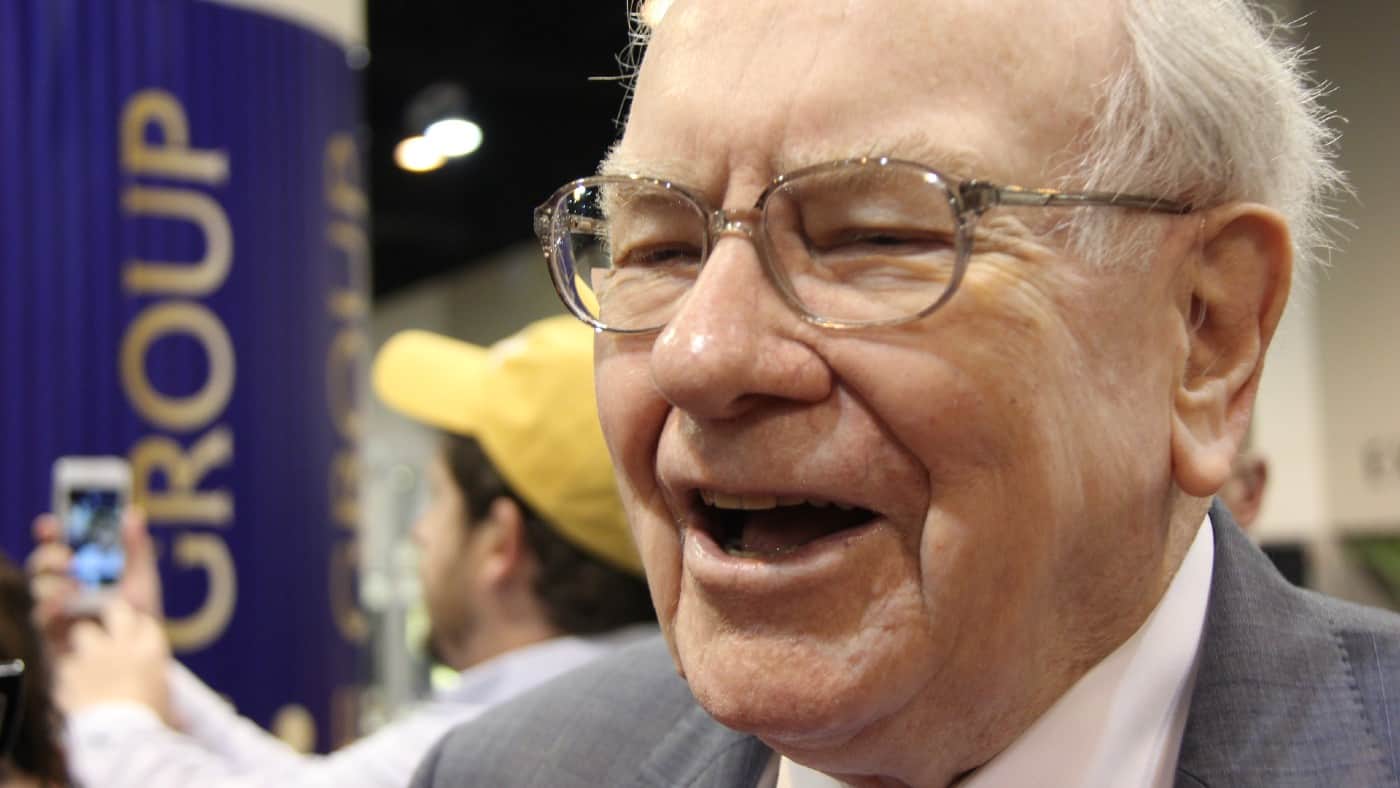If I wanted to aim for a million by building a share portfolio over the long term, how many companies ought I to invest in? One? 100? 1,000?
No matter how good one company is, it can always run into unexpected difficulties. So I would never invest my whole portfolio in only one share. I always make sure to diversify my portfolio. But, equally, I see no need to spread the portfolio across 100 different companies, let alone 1,000. In fact I think it could dilute my performance as an investor.
That is why I would aim for a million by buying shares in just five to 10 different companies.
Going for great
Interestingly, legendary investor Warren Buffett has most of his shareholdings concentrated in a handful of firms. Recently, the top five shares held by his company Berkshire Hathaway have accounted for around three-quarters of its portfolio.
Partly that is a reflection of Buffett’s stock picking skills. As the shares he buys increase in value, they make up a larger proportion of the portfolio just due to simple mathematics. At the time of Berkshire’s most recent shareholders’ letter, for example, its position in Apple was worth $161bn. That is more than five times the amount Berkshire paid for the stake, all of which has accumulated in the past decade.
But Berkshire’s focus on a small number of companies also reflects Buffett’s investment philosophy. He is not interested in investing in lots of good businesses. Instead, he prefers to take his time and invest only in a few great ones.
Warren Buffett’s “20 slots” mental model
Buffett illustrates this by offering a mental model he believes could help many private investors improve their returns dramatically.
It is to imagine having a ticket with only 20 slots in it. Each investment one makes uses one of those slots. As an investor, I would get only one 20-slot card to last my lifetime.
As Buffett explains it, “you’d really think carefully about what you did and you’d be forced to load up on what you’d really thought about. So you’d do so much better.”
This could act like a force multiplier for my investment returns. I would avoid some ideas that were only half-cooked to start with, hopefully improving my overall hit rate — perhaps dramatically.
As I invested in fewer companies, even with the same funds to invest I could put bigger sums into the really well-formed investment ideas in which I felt very confident. If they worked out well, I would therefore benefit on a bigger scale.
I’d aim for a million
I would apply Buffett’s thinking to aim for a million.
How long it might take me to get there depends partly on how much I can afford to invest, as well as how good my choices are. If I am serious about making a million, even decades from now, I will need to invest a sizeable amount of money to try and achieve it.
Whatever my investment goal, I would follow Buffett by aiming to find a small number of brilliant investment ideas that hopefully could help me get closer to it.








